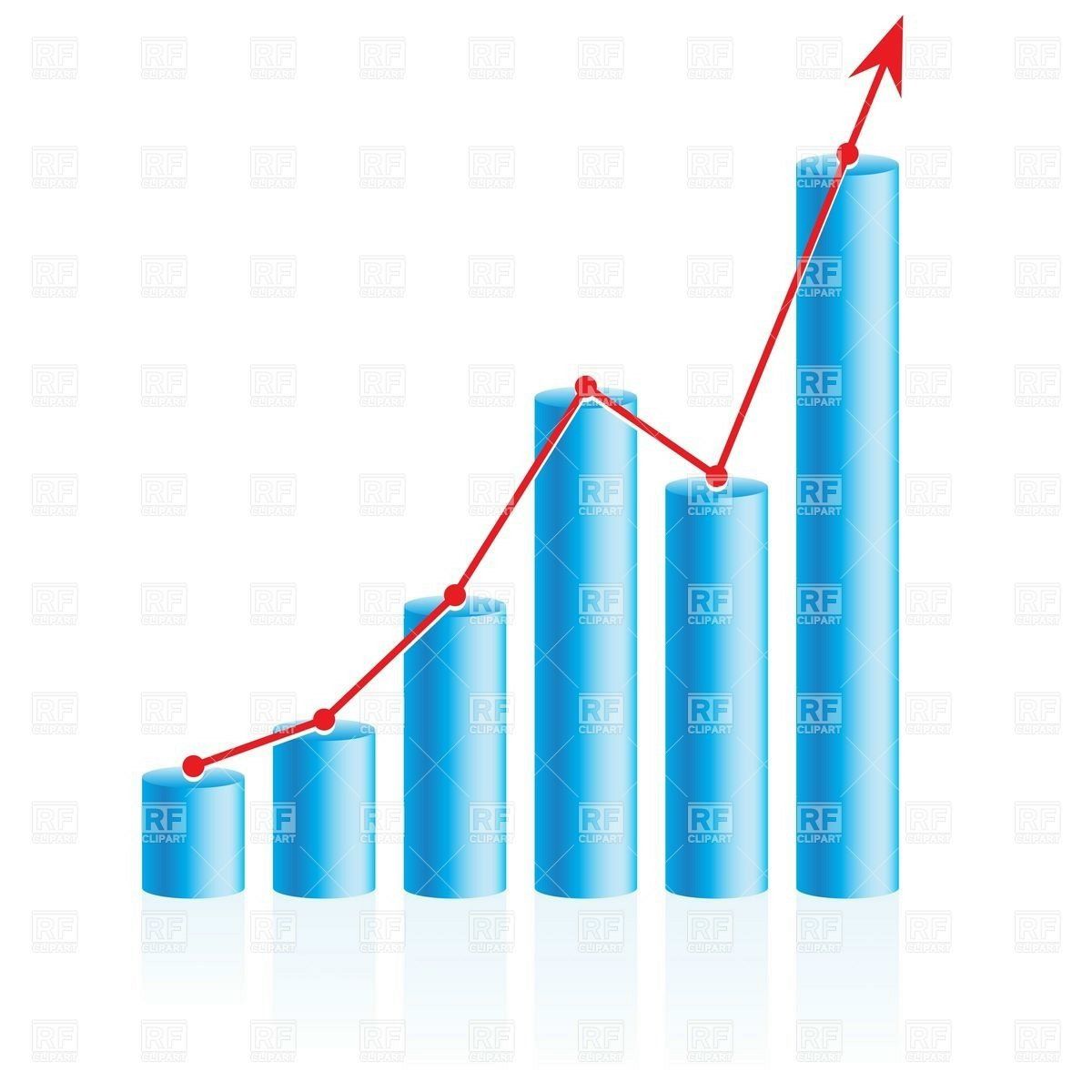Cummins (CMI) and Caterpillar (CAT). Cummins designs, and produces diesel and gas motors, as well as various engine-related components. Caterpillar also builds engines, but it has a far more diverse product array which includes structure/mining machines and commercial gas turbines. The purpose of this post is to arrange, compare, and reveal a few of the quantitative information I’ve compiled on both companies.
It is intended to be a quick, side-by-side numerical snapshot when compared to a comprehensive evaluation rather. Both stocks are trading more than 25% below their 52-week highs, recommending they have recently fallen out of favor. The current P/E, P/S, and P/B ratios are below their 5-year averages, indicating that both stocks are undervalued.
It seems as though the marketplace has historically given an increased valuation to CAT than to CMI. This observation, coupled with the PEG ratios and various fair value estimations I’ve seen, suggests that Kitty might become more undervalued than CMI somewhat. Here we see that CMI has had superior revenue and earnings growth in recent years, but the CAT is likely to have higher growth going forward (which is a reason behind its lower PEG ratio).
However, it is difficult to accurately forecast future growth notoriously, so I consider the projections to be in the same ballpark for both ongoing companies. ROA and ROE are acceptable for both companies. CMI has a solid balance sheet with low debt, a high current ratio, and excellent interest coverage. On the other hand, CAT has a mediocre balance sheet with a great deal of debt.
Given these companies operate in a cyclical industry, I place great weight on the balance sheet. The payout and yields ratios are similar, but CMI has already established a much stronger dividend growth in recent years, although the the cat has a much longer dividend growth streak. I find myself more impressed by the recent dividend growth from CMI.
- Lawrence D. Fink (Net well worth: 1.27 billion)
- Hartford Education
- Do the maths
- Renovate strategy execution continuum to enhance the effectiveness
- Dallas, Texas: $55,847 – $77,271
- In the equation C=Co+cY, Co is
- Duplex in Waco next to Baylor – $450,0000 – $4,500 in monthly lease thru 2020
Summary and Conclusions: This purely quantitative comparison implies that CMI and CAT are similar in many respects, the main one being that both shares are undervalued. 114 for CAT. These beliefs imply there is a margin of security of at least 15% at current prices. Though I did so not show any historical trend data Even, both companies recovered from the recession and appear to be doing well quickly. However, CAT lowered its guidance out to 2015 recently, which might hint at some future earnings instability (CMI reduced its short-term guidance earlier this season). Despite near-term economic pressures, I think both companies would stand for appropriate long-term investments, especially when worldwide economic growth picks up.
That said, easily were to choose just one of them as an investment, then I would probably opt for CMI. From a quantitative perspective, I like its strong balance sheet and recent dividend growth. From a qualitative perspective, I like the company’s leadership in developing better engine technology that meets stricter emission criteria. The increasing use of gas as a fuel source also needs to advantage the ongoing company. For these reasons, I am considering CMI as a potential addition to my portfolio.

